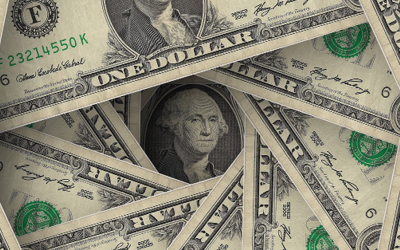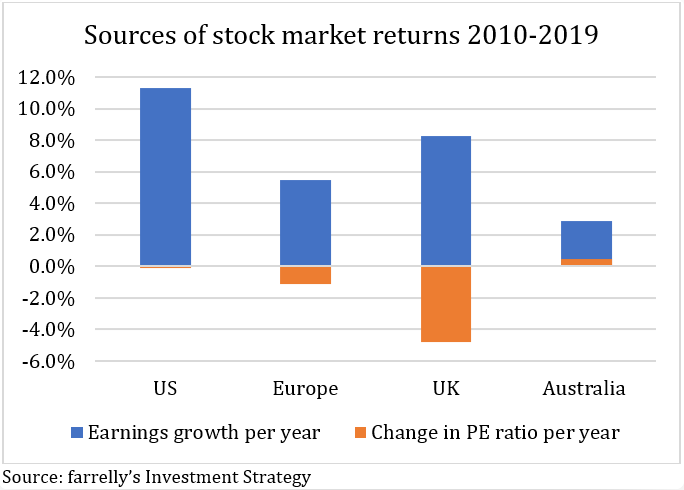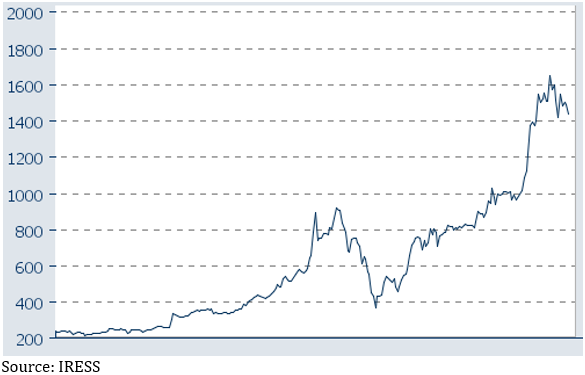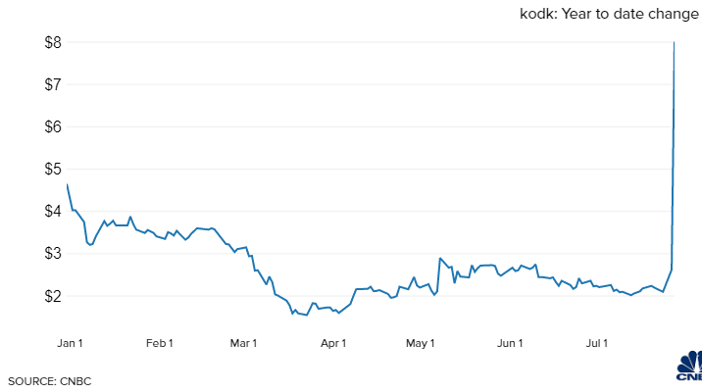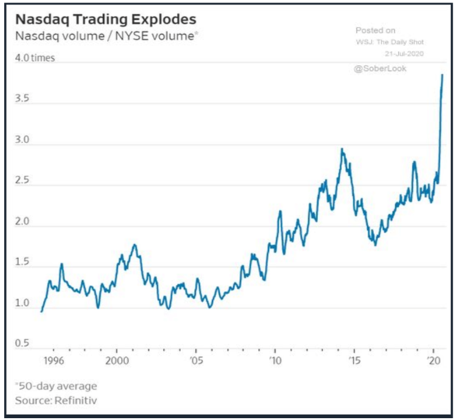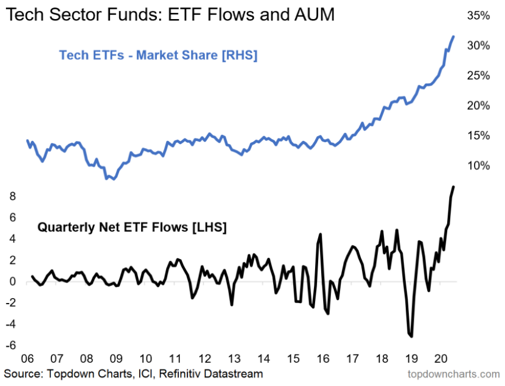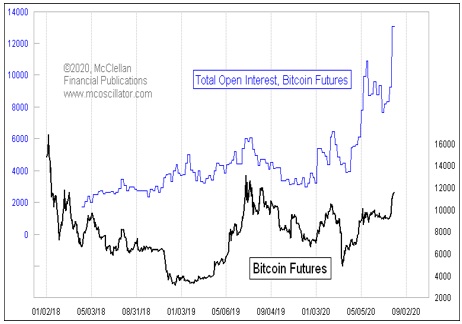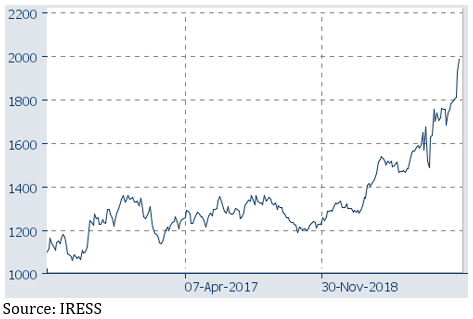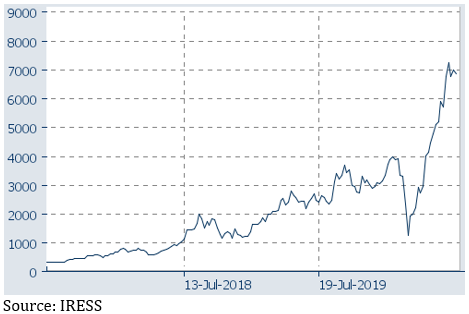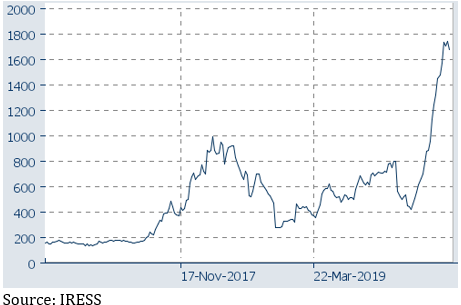
An offset account, do I really need one?
When searching for a property loan the first thing people tend to look for is a low interest rate but getting the right features with your loan can be just as important. Most people have heard of an offset account, but do you really need one and, if so, are you getting the most out of it?
How does an offset account work?
An offset account is an everyday transaction account that you can deposit all your spare money into and is linked to your mortgage. When interest on your loan is calculated, the balance of this account is combined with your loan to ‘offset’ the amount charged. For instance, if your mortgage was $500,000 and you had a balance of $100,000 in your offset account, interest would be calculated based on a balance of $400,000. Over the life of your home loan, placing any additional savings into your offset account can significantly reduce the time taken to pay off your loan.
There are generally two types of offset account, partial and 100%, which, as the names imply, offset different proportions of the mortgage balance. Also, the majority of offset accounts are linked to variable home loans with only a small number of lenders offering this feature with a fixed rate.
Offset account vs redraw facility?
While each lender tends to label them differently, most lenders offer you the choice of loans. A ‘basic loan with a redraw facility’ allows you to make extra repayments towards your loan which you are then able to withdraw at any time. It is important to read the fine print as some redraw facilities limit the amount or frequency you are able to access these funds and some even charge a fee for the privilege.
‘Packaged loans’ generally include an offset account together with other features such as a credit card and provide more flexibility around making changes to your loan without additional cost, for example fixing your rate at a future date. This usually attracts a flat annual fee of between $200-$400 and some lenders even offer a reduced interest rate compared to their basic product.
If both an offset account and unlimited redraw facility allow you to make extra repayments, whilst maintaining access to the funds, then which one do you need?
Home loan offset accounts
If you are purchasing the property to live in, or a holiday house that you do not intend to rent out, then applying for a ‘basic’ loan with a redraw facility may be appropriate for you. It will save you any ongoing fees associated with a packaged loan and in some cases you may even receive a better rate.
An offset account becomes attractive if you prefer instant transaction access to the funds, including BPAY and EFT, rather than being limited to the terms of the redraw. This works well for people who receive higher levels of income who can pay their salary, and any commissions or bonuses, directly to the account offsetting interest whilst expenses are then periodically paid from the facility.
Remember that you generally receive a credit card with the packaged loan so cancelling your current one, and the annual fee often associated with it, could net the extra cost. A common strategy is to select a credit card that provides an interest free period on your purchases and use this to pay your everyday expenses. The credit card is then paid down in one monthly payment thus maximizing the balance of the offset account whilst not accumulating any interest on your expenses. This approach requires discipline to ensure credit card repayments are made on time and may not be for everyone.
Several lenders also offer the ability to have more than one, often up to 8-10, offset accounts linked to the same home loan. The cumulative balance of all offset accounts then acts to reduce the interest accrued. This can be a useful budgeting tool where you separate your income into different categories or ‘buckets’, helping you to save while still reducing interest and paying off your loan more quickly.
Investment loan offset accounts
Offset accounts attached to Investment loans are where the real benefits become apparent. Investment loans are lending for properties, or other investments, from which you draw an income usually in the form of rent. Due to the transaction capabilities of an offset account, it provides a great way to keep all your investment property-related income and expenses together in the same account.
The interest on the loan, and other related expenses, are generally tax deductible, which is one of the significant benefits of owning an investment property. If you access the extra repayments from a redraw facility, the redrawn amount is treated as a separate loan to you and would prevent you from claiming this as a tax deduction, unless you can demonstrate that you are using those funds for investment purposes. Issues can arise, for example, when you withdraw money to take the family on a holiday or buy a new car. If your extra repayments are accessed directly through an offset account, the ‘fund purpose’ test would not apply, and all interest accrued on the loan would continue to be deductible.
This benefit can be significant when you purchase a second property to move into and convert your current one to an investment. In most cases you would benefit from reducing the loan on the new owner-occupied property and maximise the investment loan for tax purposes. If you transferred extra repayments to the new loan from a redraw facility, those repayments would fail the ‘fund purpose’ test and would not be deductible. By accessing the funds from an offset account, you can therefore maximise your deductions. Its important to note that these examples can significantly vary depending on your personal circumstances and you should always consult an accountant for personal tax advice.
Finding the best rate combined with the most appropriate loan features can be a complex, time consuming task that Steward Wealth can help you with. Feel free to get in touch.




